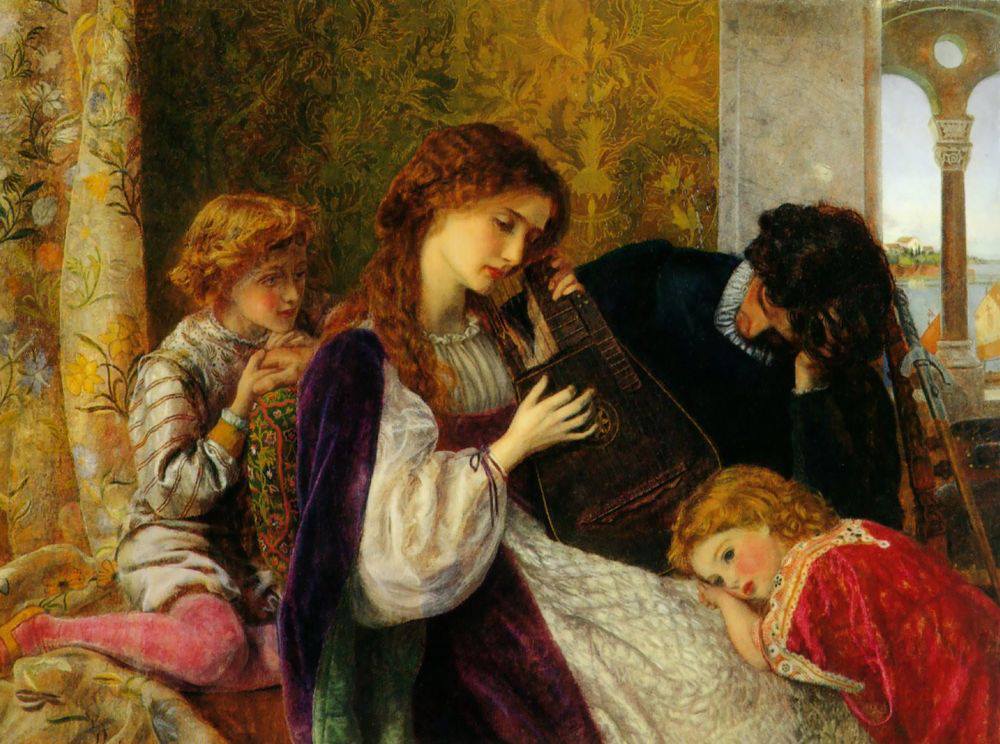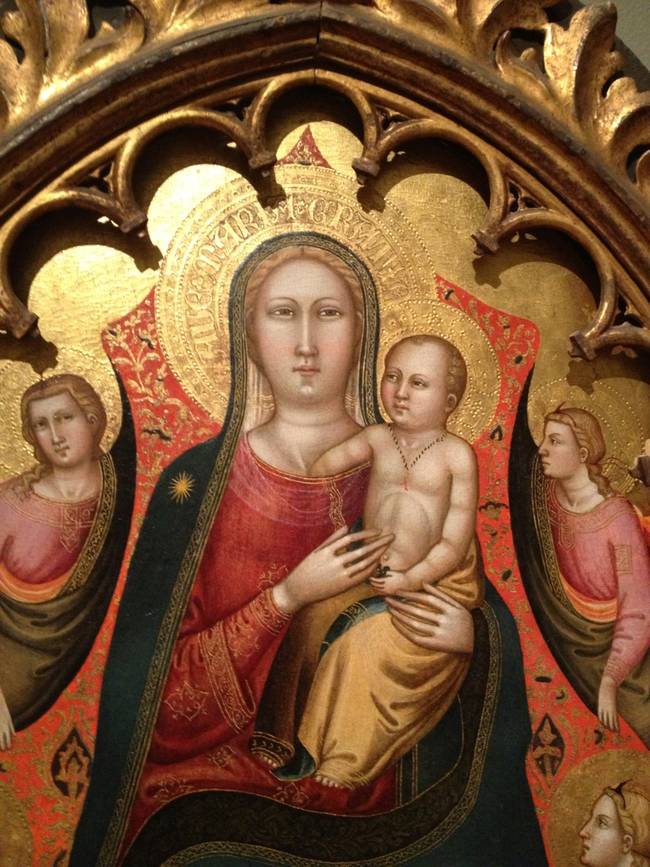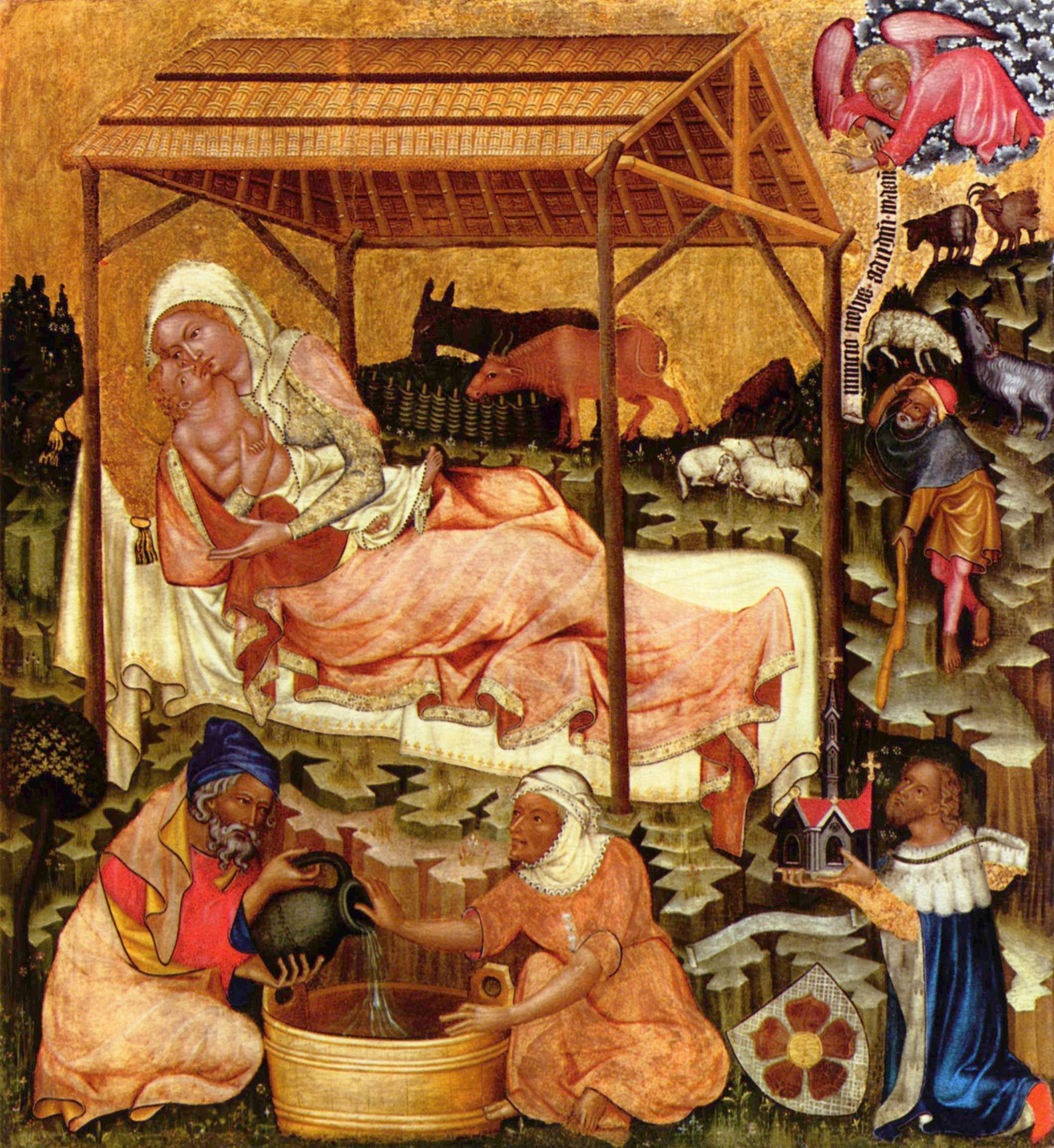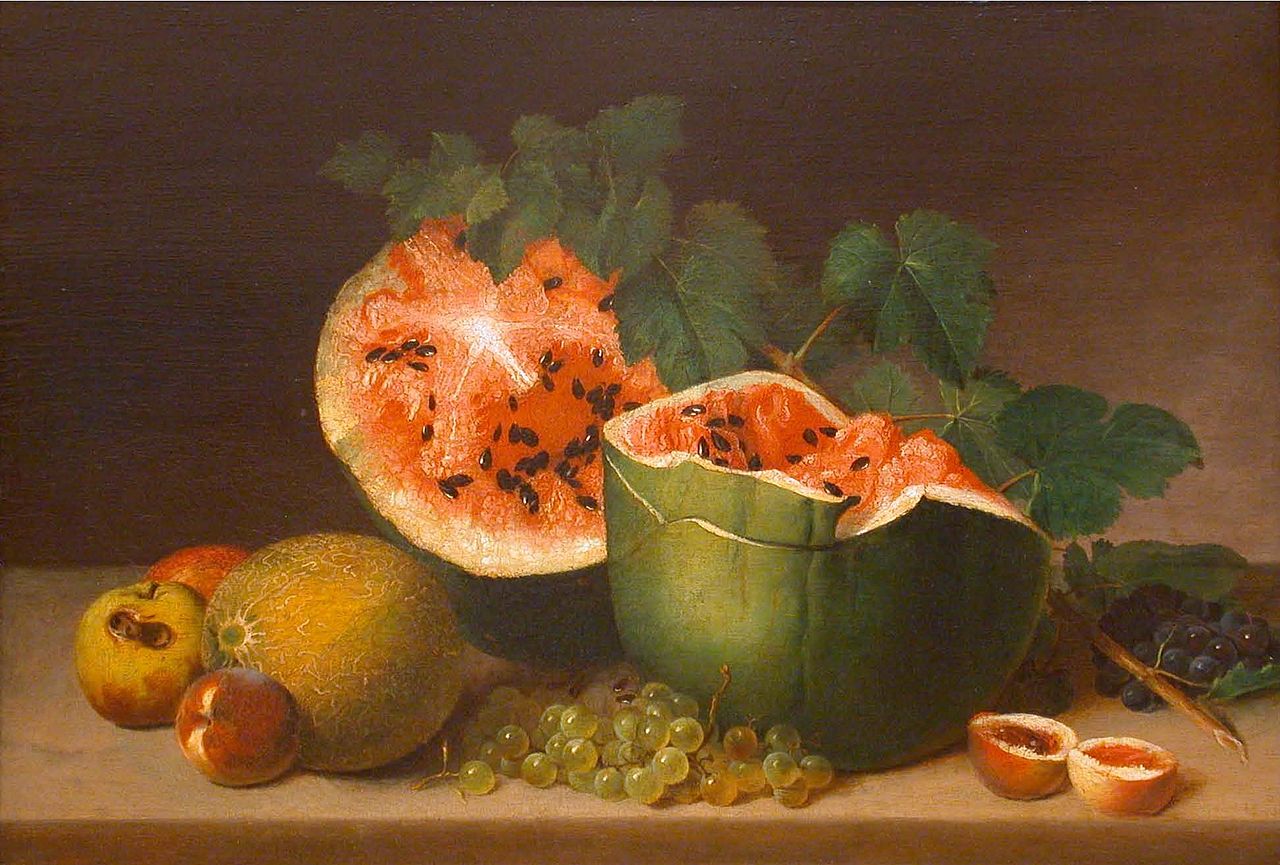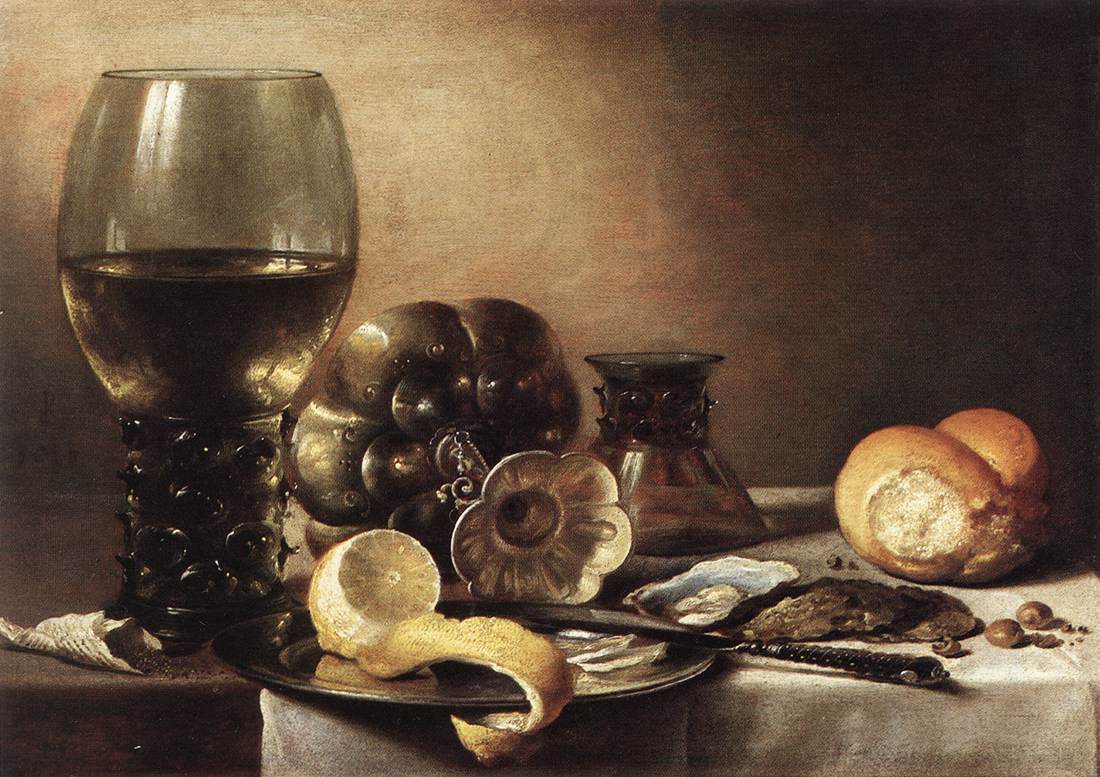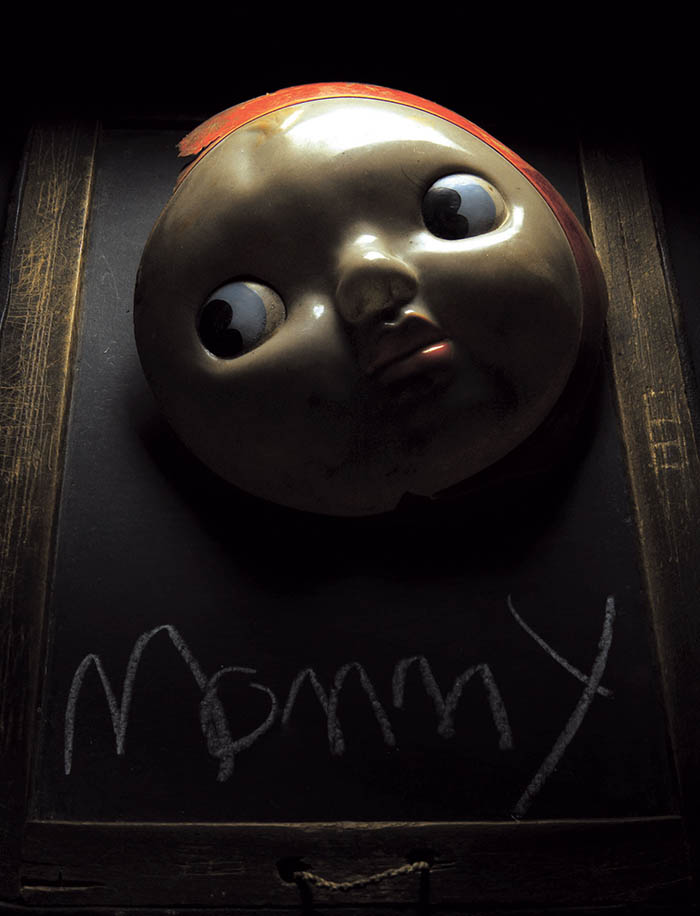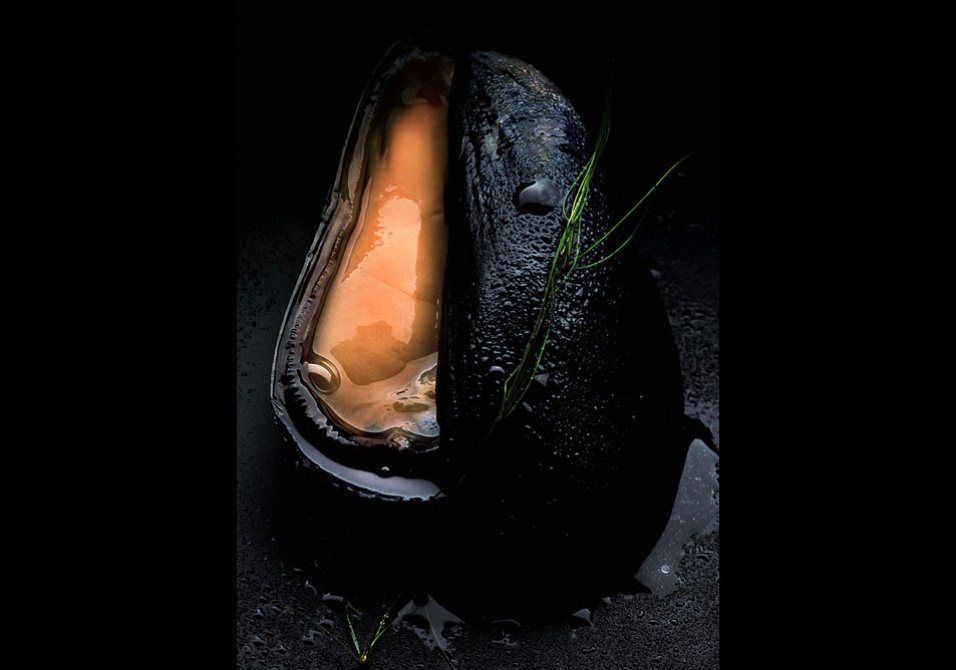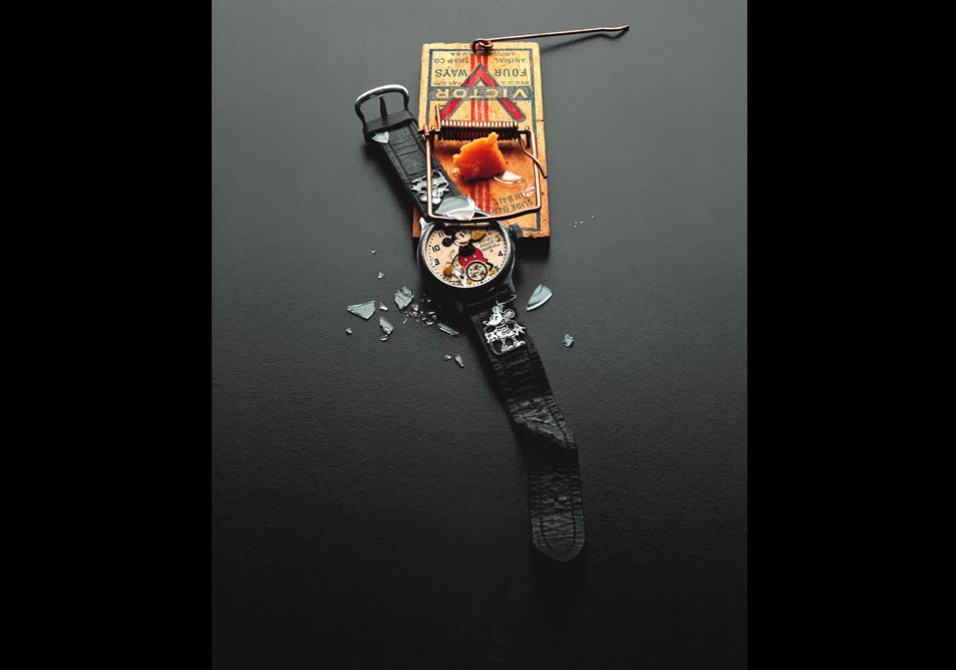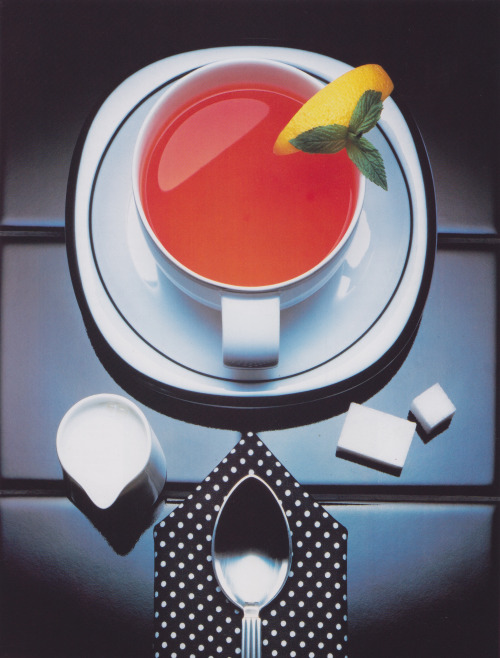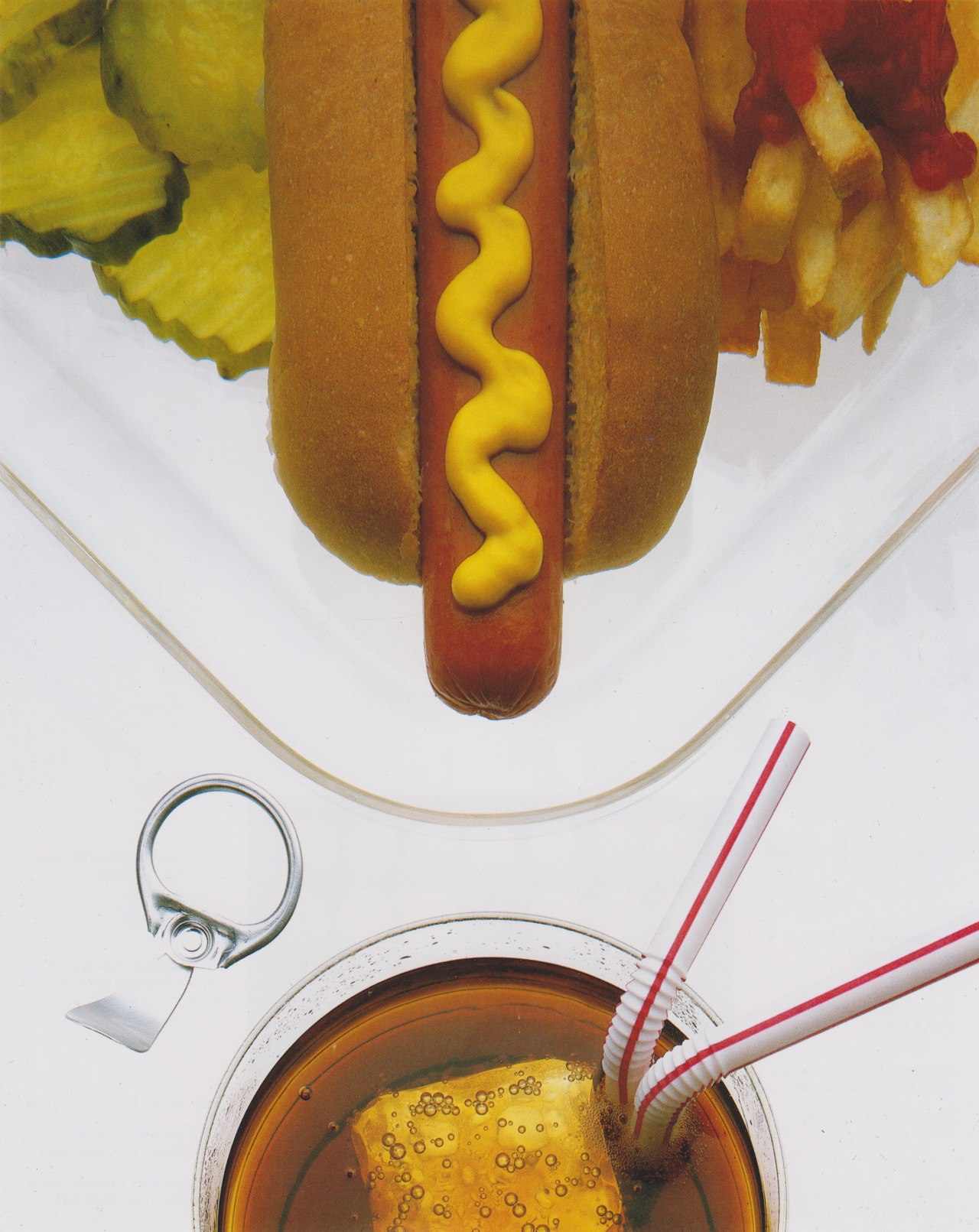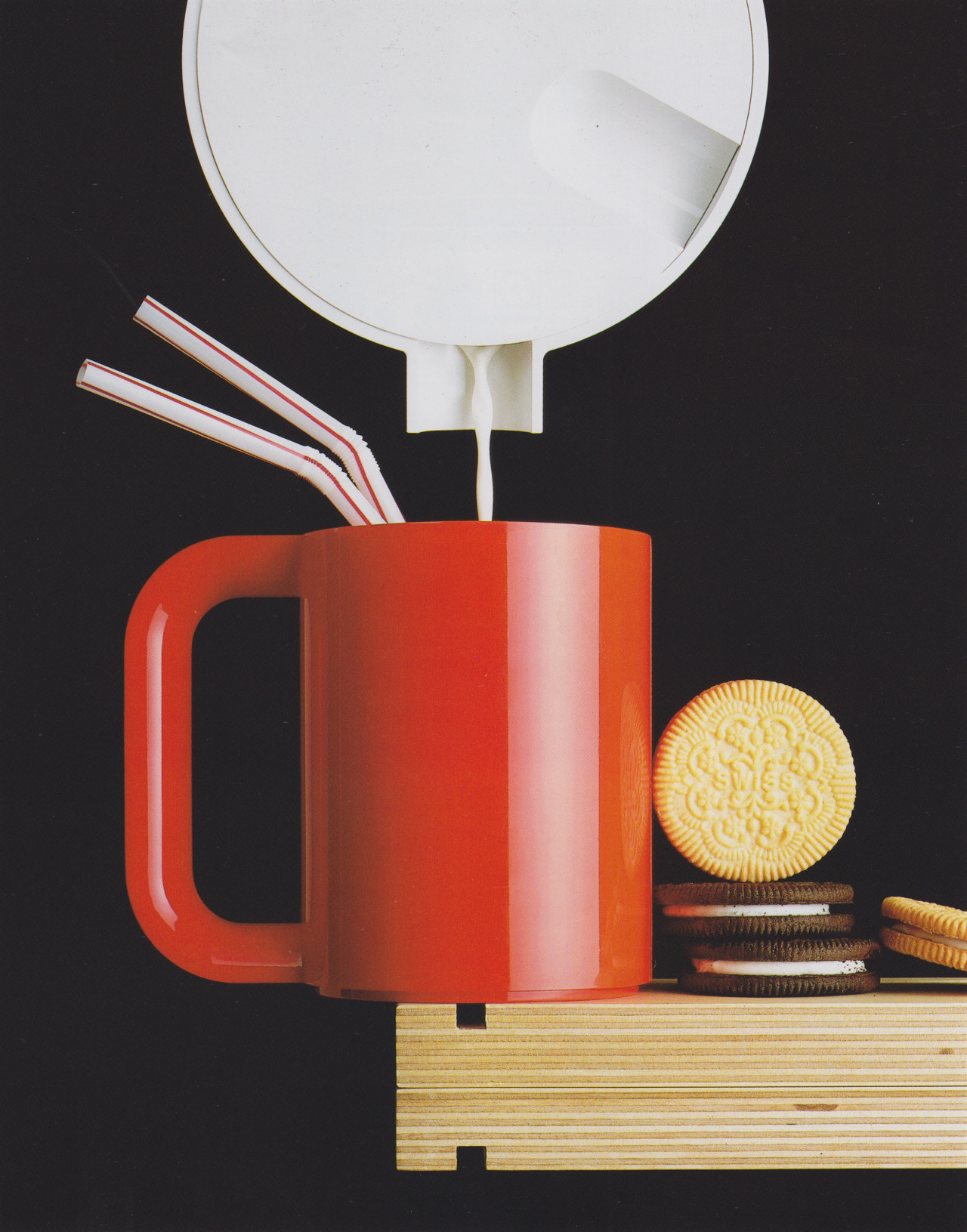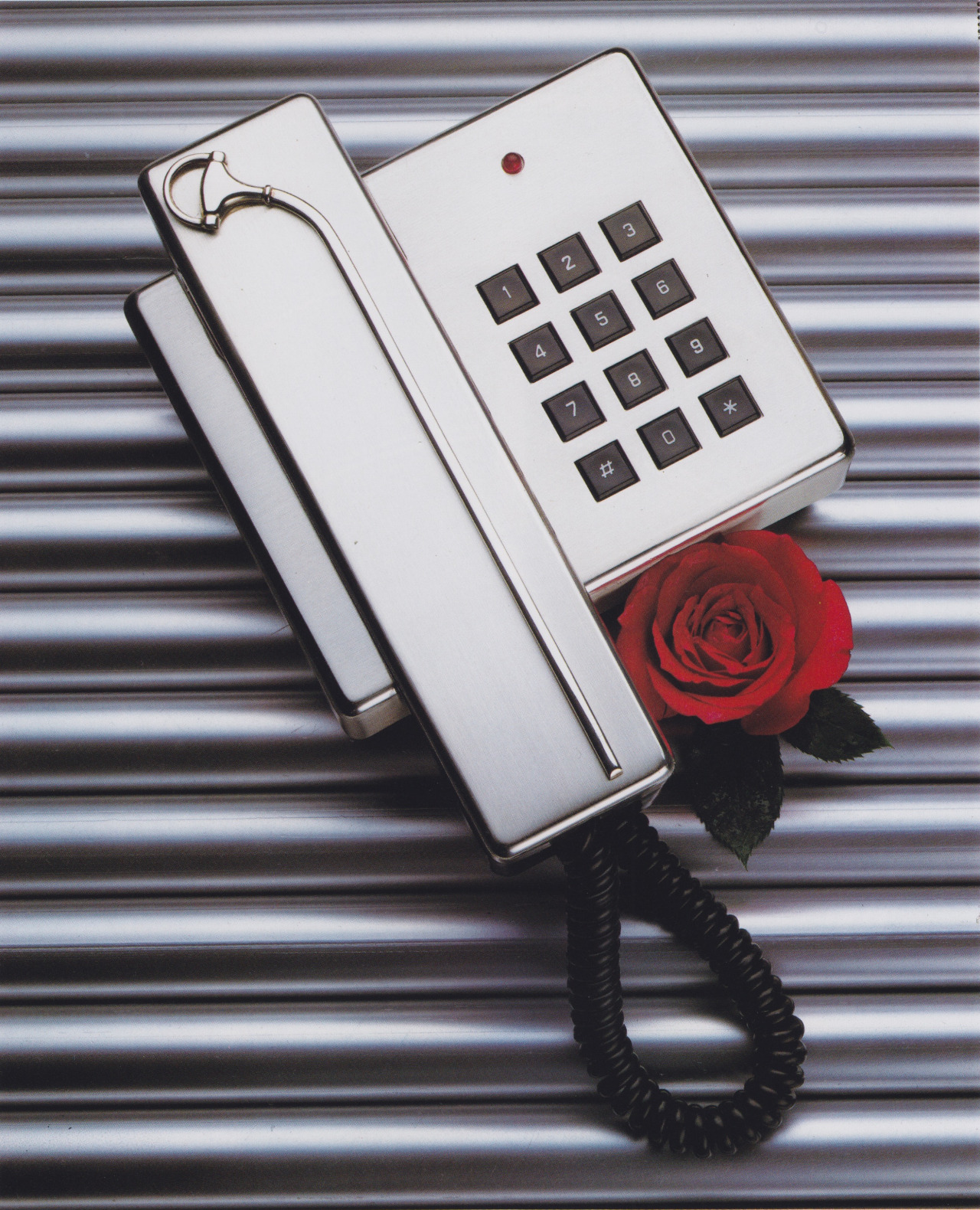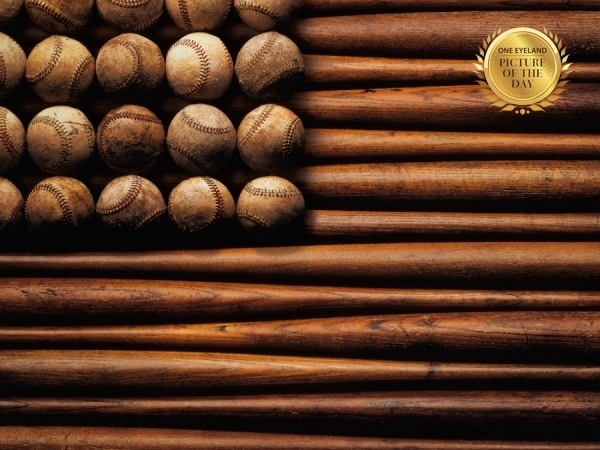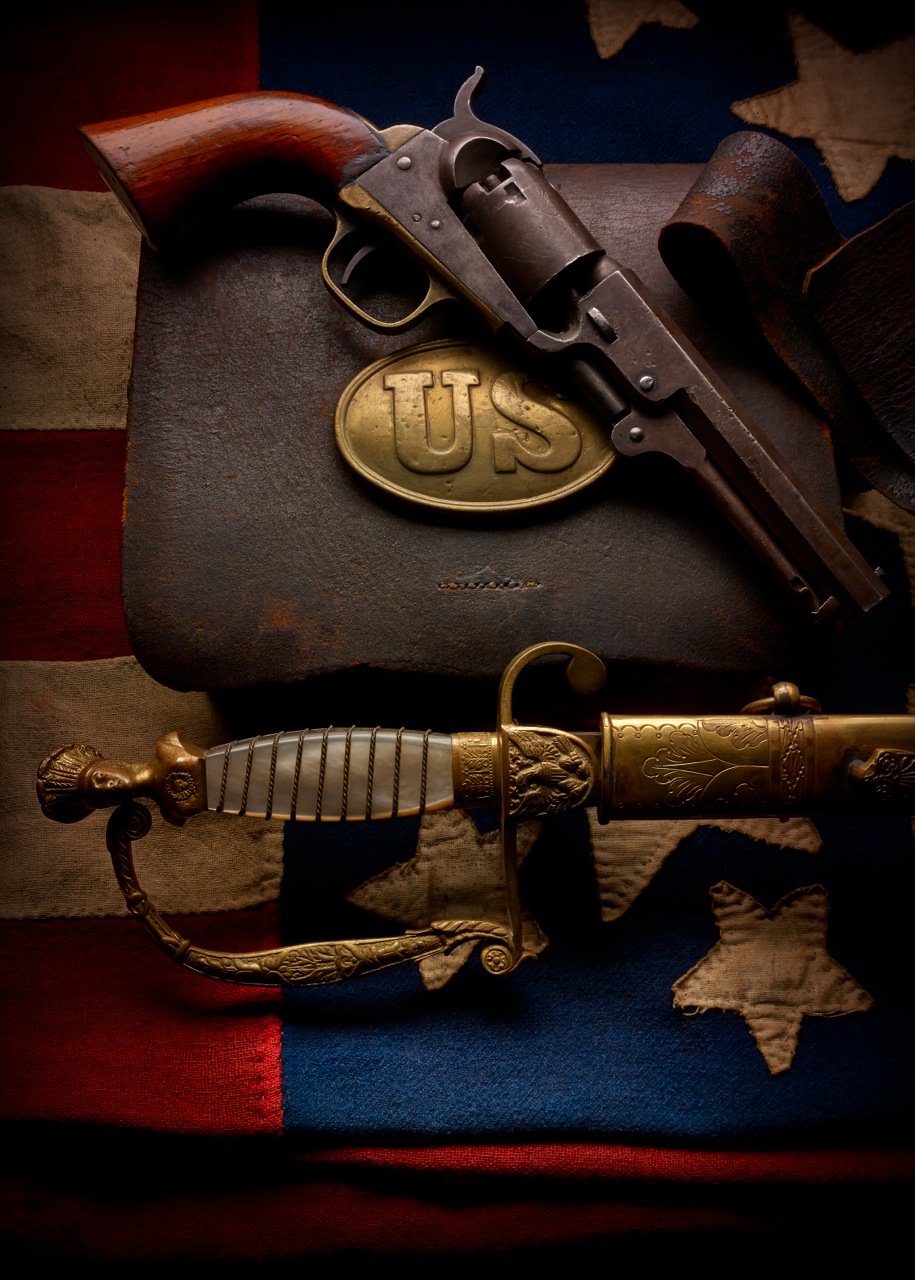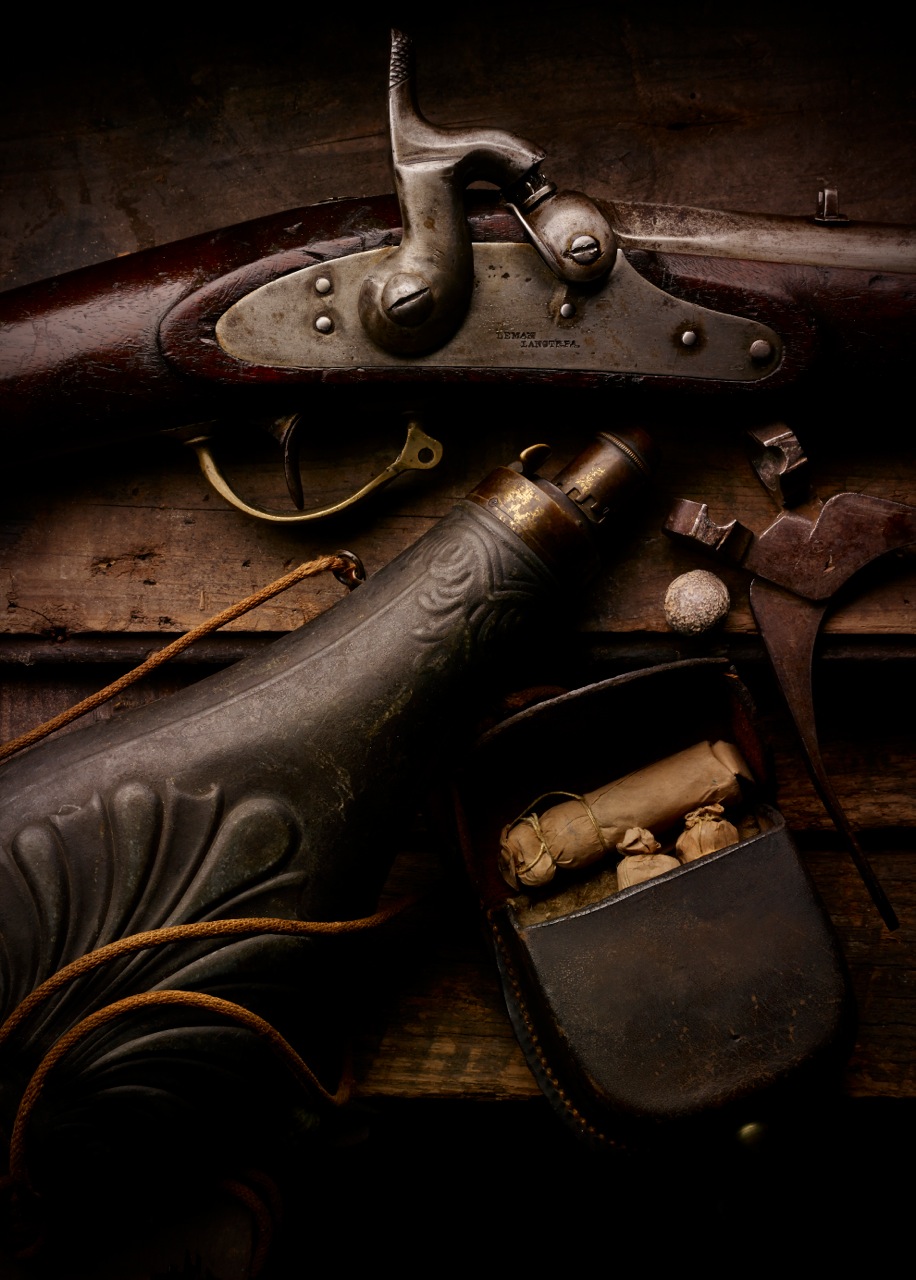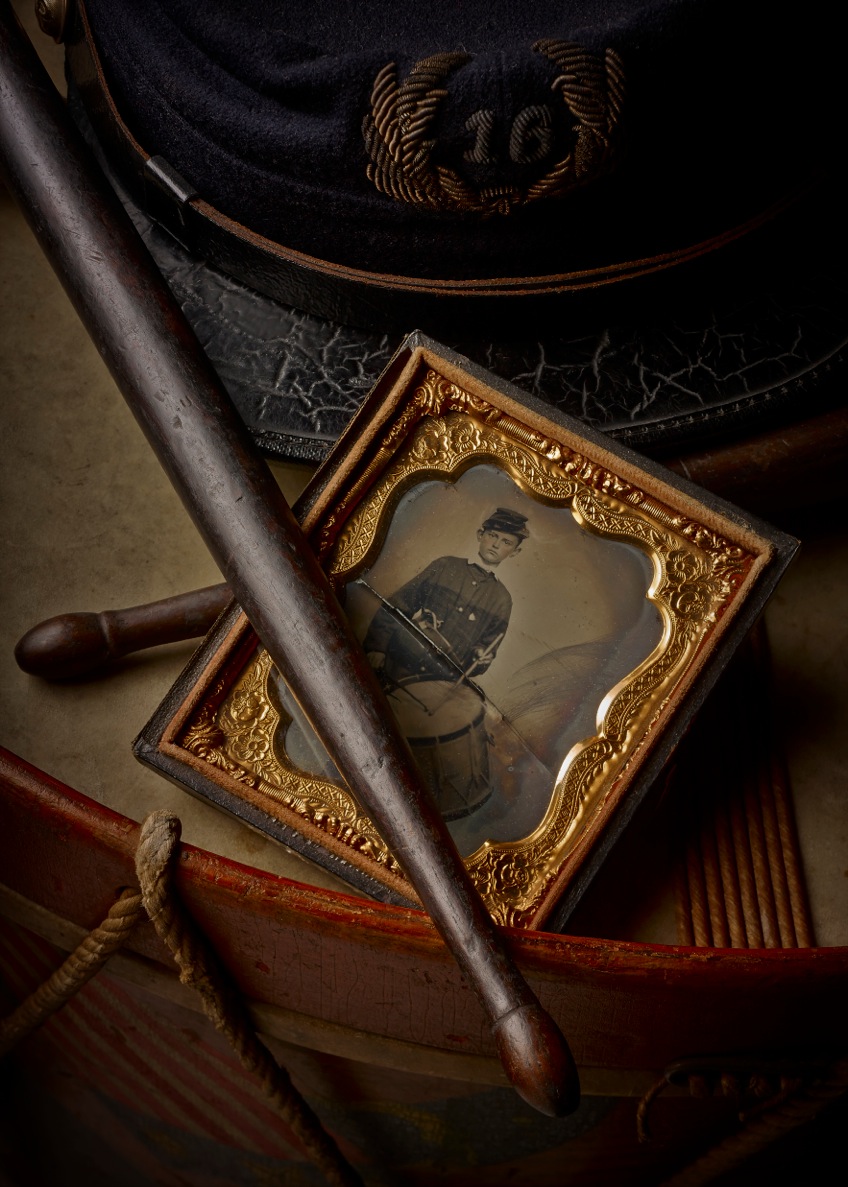ONE BIG LIGHT.
One.
And I want you to do this with one frame – no Photoshop builds. Choose your subject wisely so that you will not have to do a lot of Pshop layers.
OK to use:
- Large fill cards or shiny cards.
- Window light with fill.
- Softboxes and scrims.
Lightroom, C1, Affinity, or Photoshop should be used to enhance the image, but not CREATE the image.
This is a lighting and compositional challenge.
Below you will find examples of photographers who built their styles on one light. It is a style that has no boundaries, but it can look dated a bit if not handled well. (BTW, that ‘dated’ look is coming back hard and will be with us in mainstream photography within the next year.)
So make your image, but don’t think of it as dated as much as updated and classic.
I want you to make sure that your light is many times larger than your subject. I want you to make sure the light is predominant in the composition.
For instance, the large specular on shiny objects, and wide and soft reflections on matte surfaces. Dark and defining shadows that are not blocked up, but deliver a depth to the image that reinforces the lighting design.
There will be more coming on the Facebook group – sort of one-offs that will be posted and reviewed as we transition to the next class.
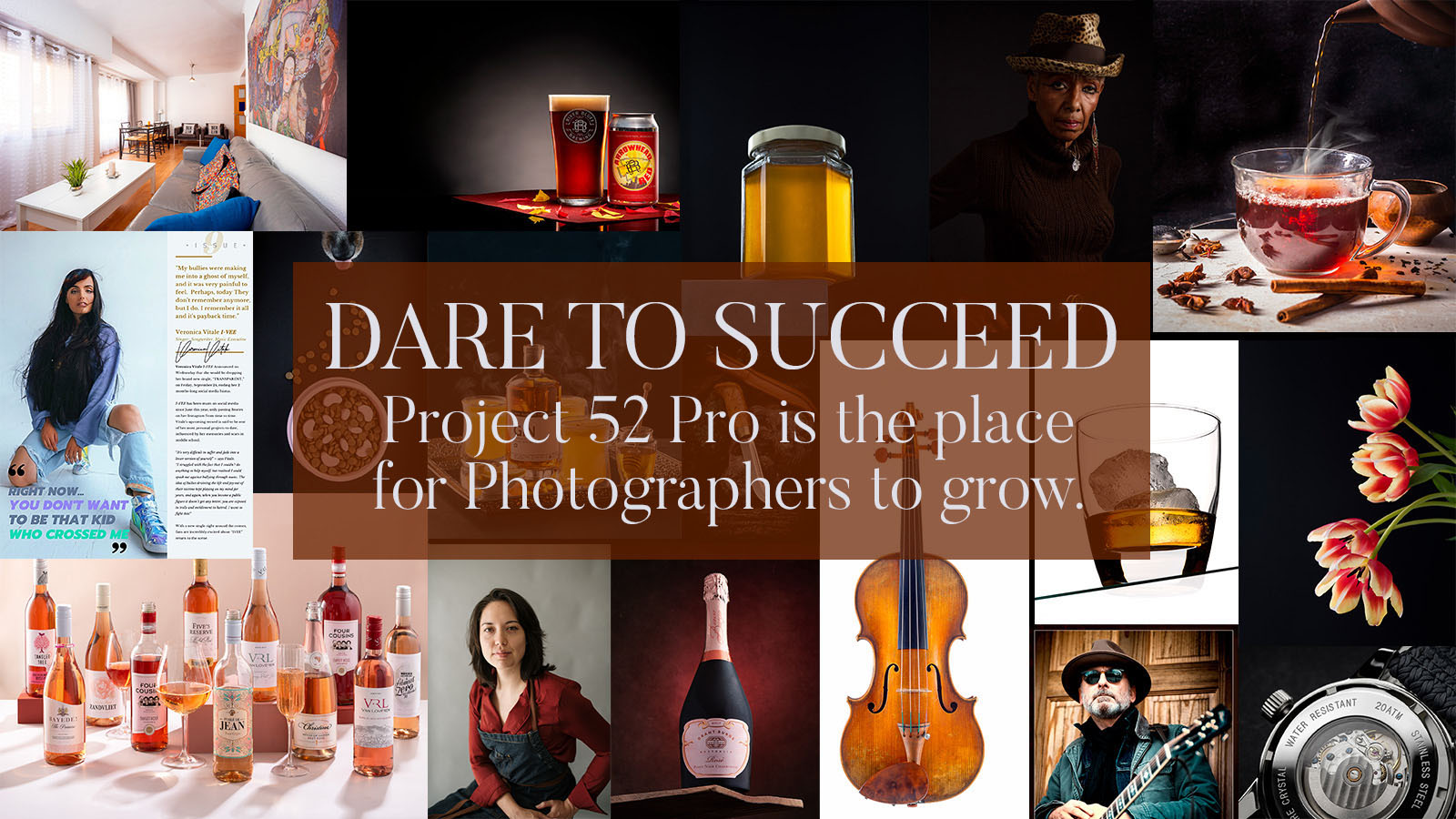
FIND OUT MORE AT PROJECT 52 PRO SYSTEM. JOIN US FOR SPRING 2023. ENROLLMENT IS OPEN FOR ONE MORE WEEK.
Previously, the light was rarely seen as having dimension or presence, it was simply ignored in much the same way a child ignores it with stick figure drawings. While there were semblances of the light in many of the images, the light was usually just painted in to be flat and without much interest.
In the three examples below, you can see a hint at the shaping qualities of light, but it is not overt, nor does it resemble real life.
The introduction of super large soft light in still life photography was nearly as radical. Most still life photography was shot with either natural light or many spotlights throwing shadows in many directions.
When photographers began using the large soft light it had quite an impact. One of the first adopters of this large soft light in a box was the photographer Phil Marco.
Gary Perweiller used a single light source for most of his iconic imagery.
How Softboxes Work from Adorama
Your assignment is to use a large softbox or scrim to create supersoft, elegant lighting for your table top composition. Use items that have texture and color and patina and depth. Something old, something new – some stuff you find at a flea market. Use the one light either at the back aimed forward or from the side to give a beautiful highlight on the sides of the items.
Let the light fall off as it leaves the source – do not try to over-fill it, although a little fill may be in order.
Use the light source as close to the subjects as you possibly can in order to have a big, luxurious highlight on the subjects.
Color image, please. Landscape or portrait configuration.

